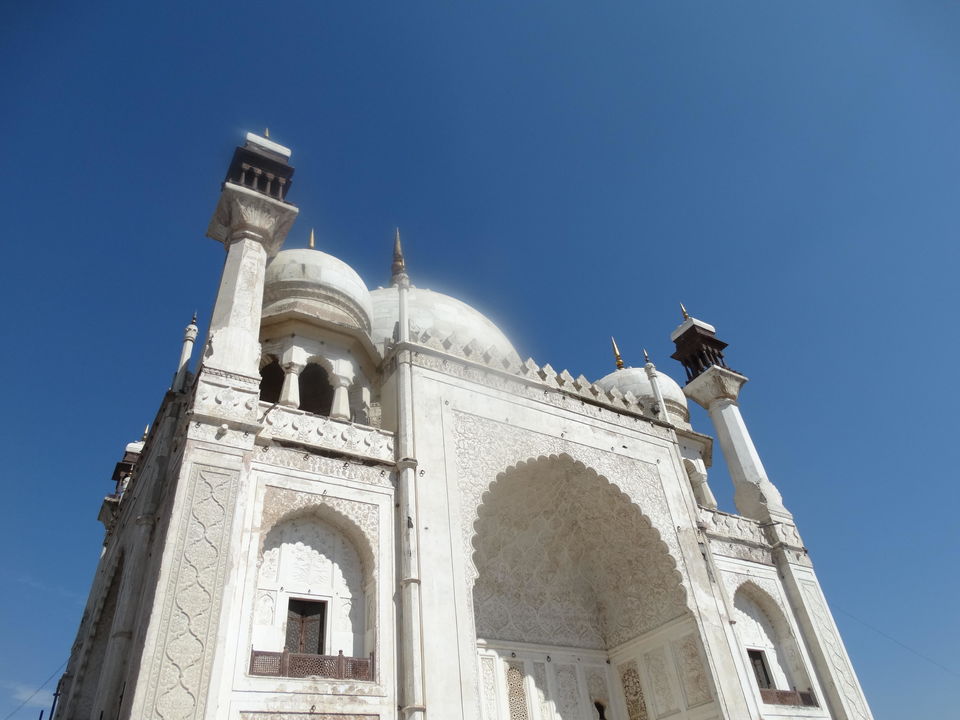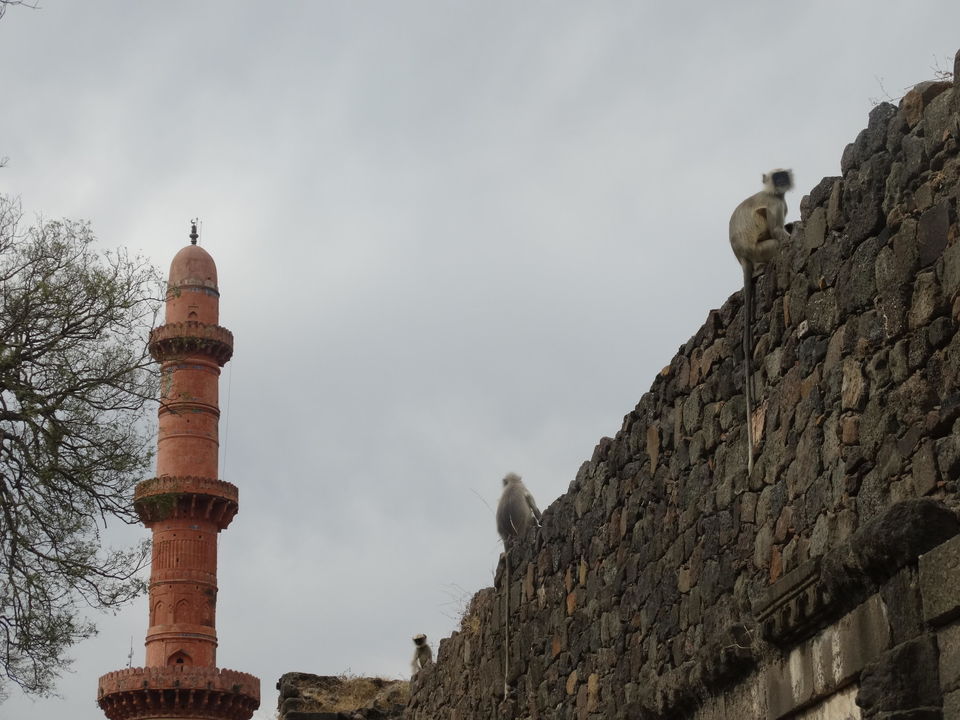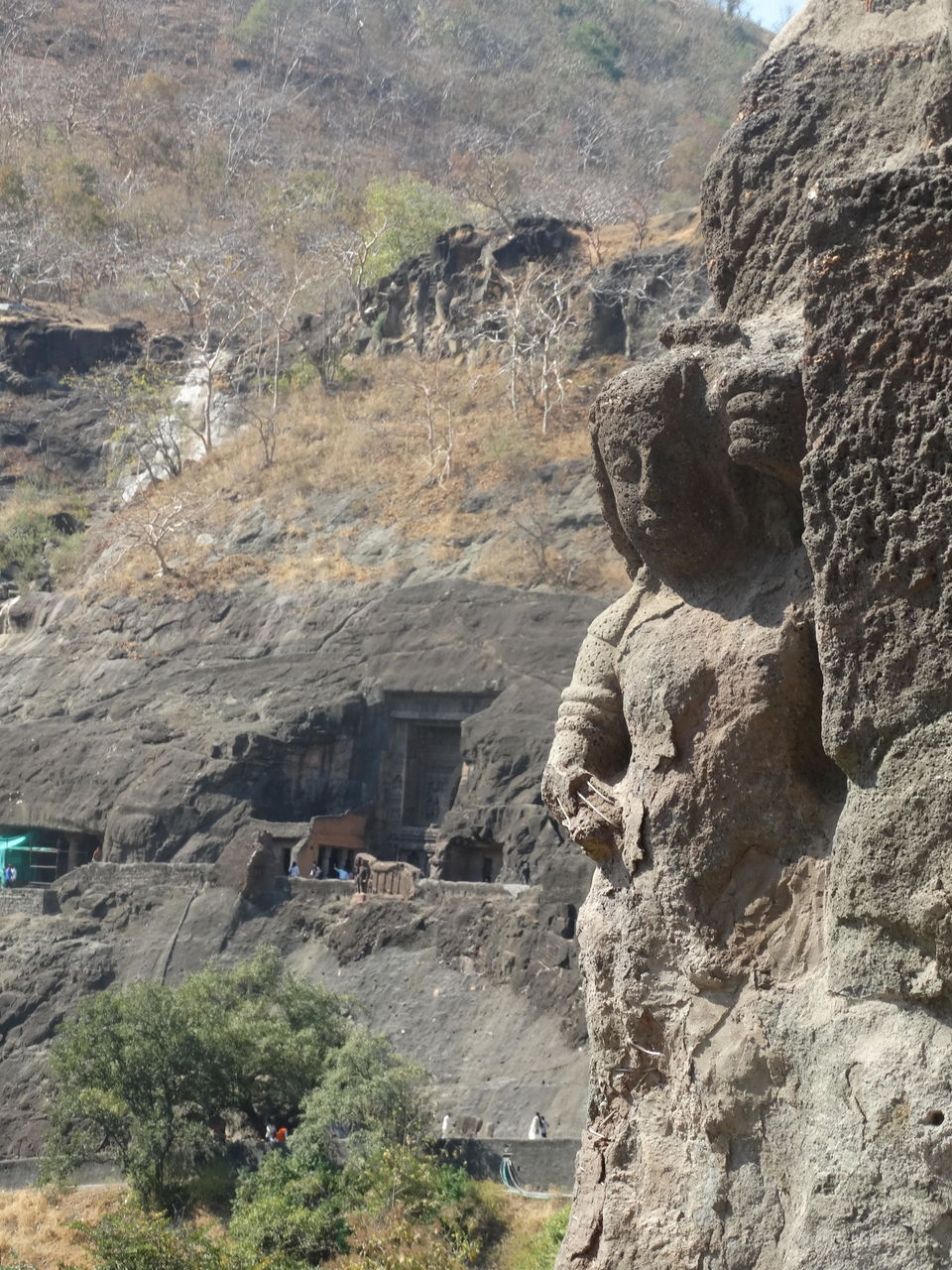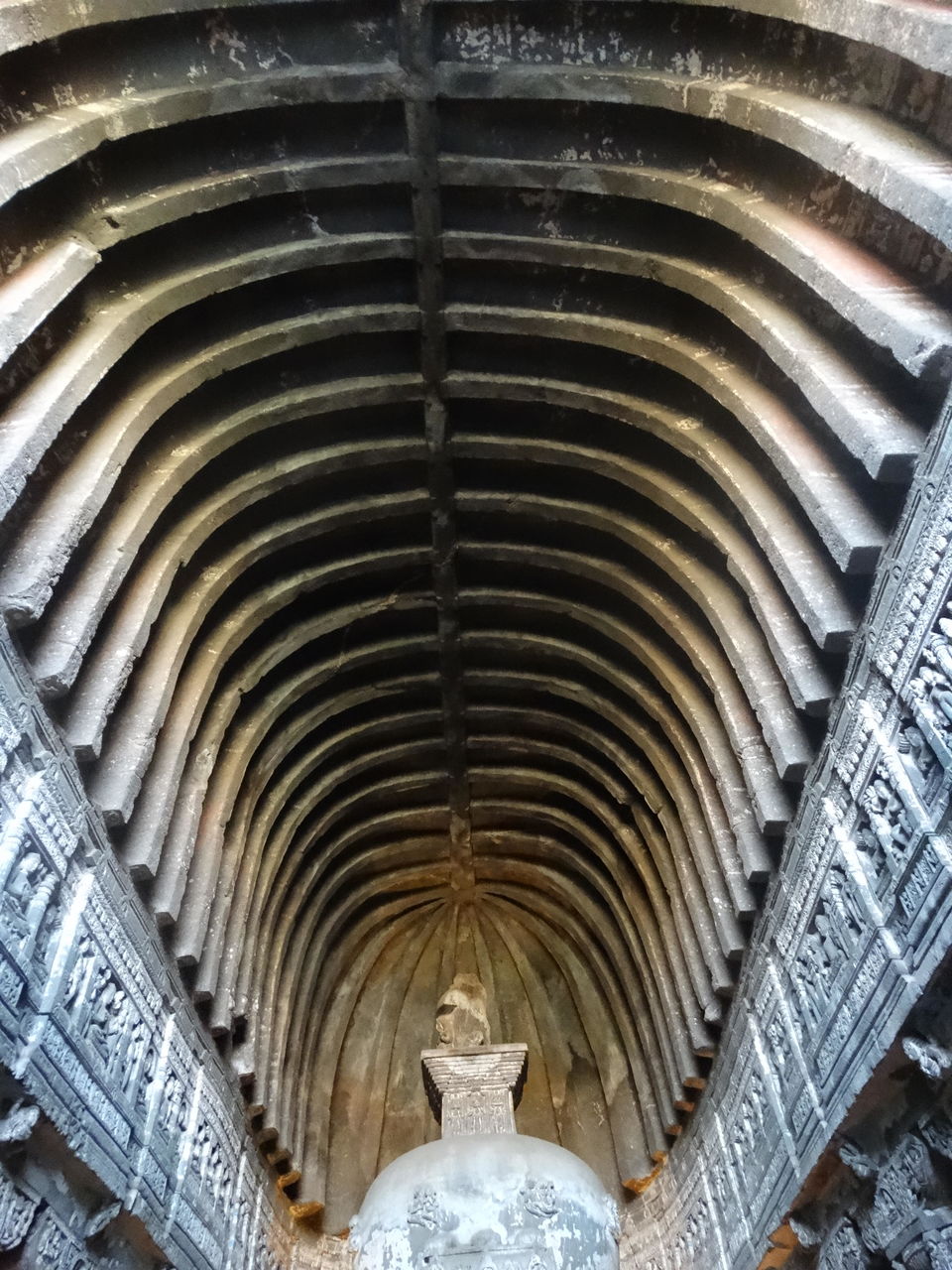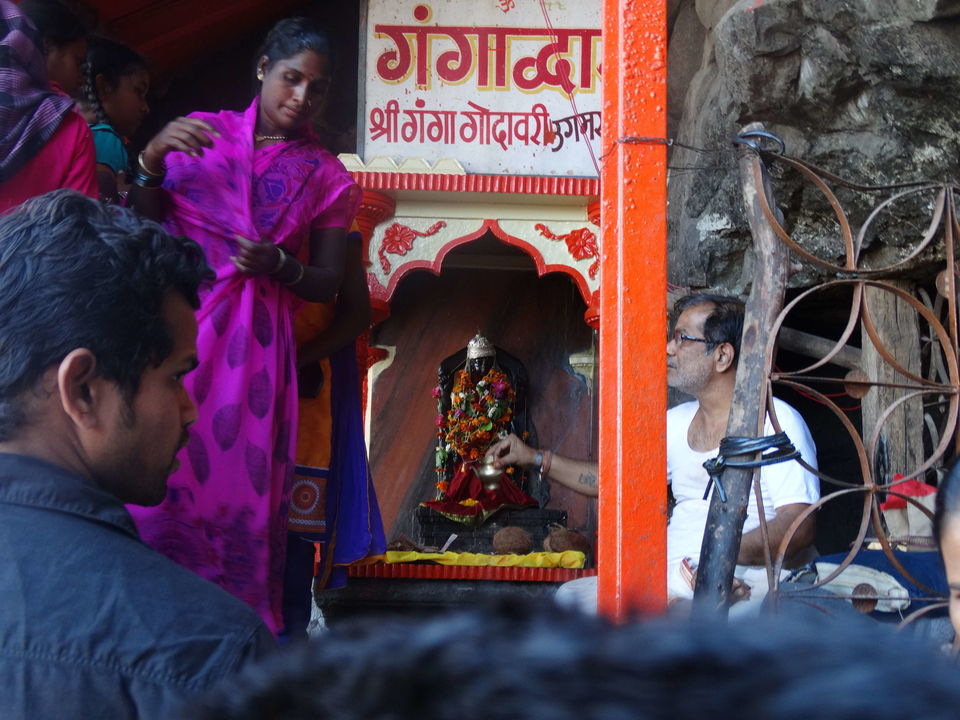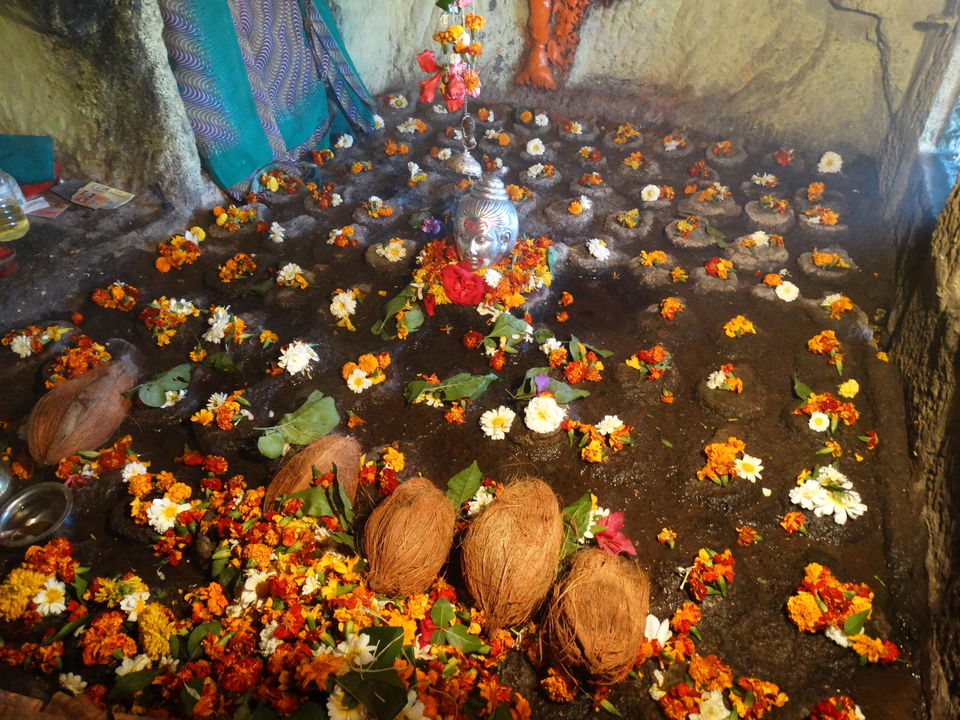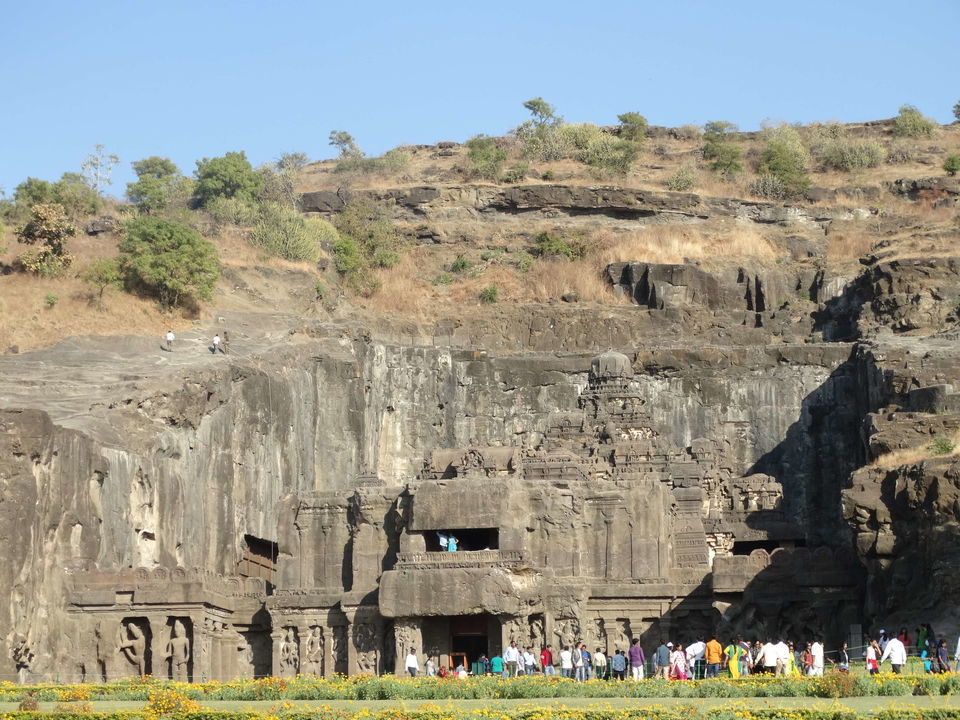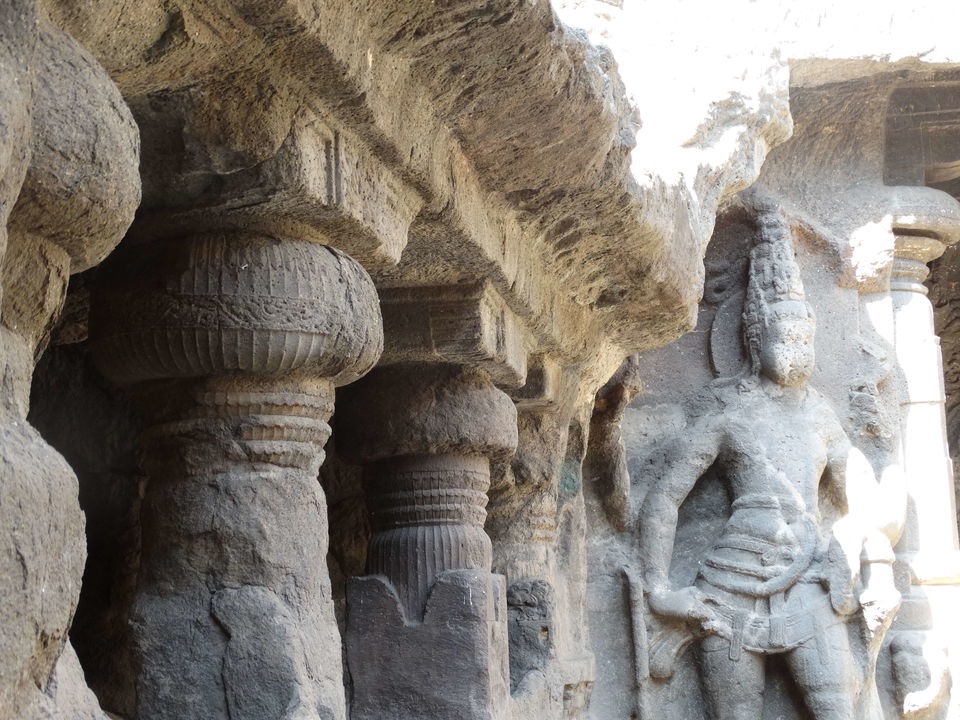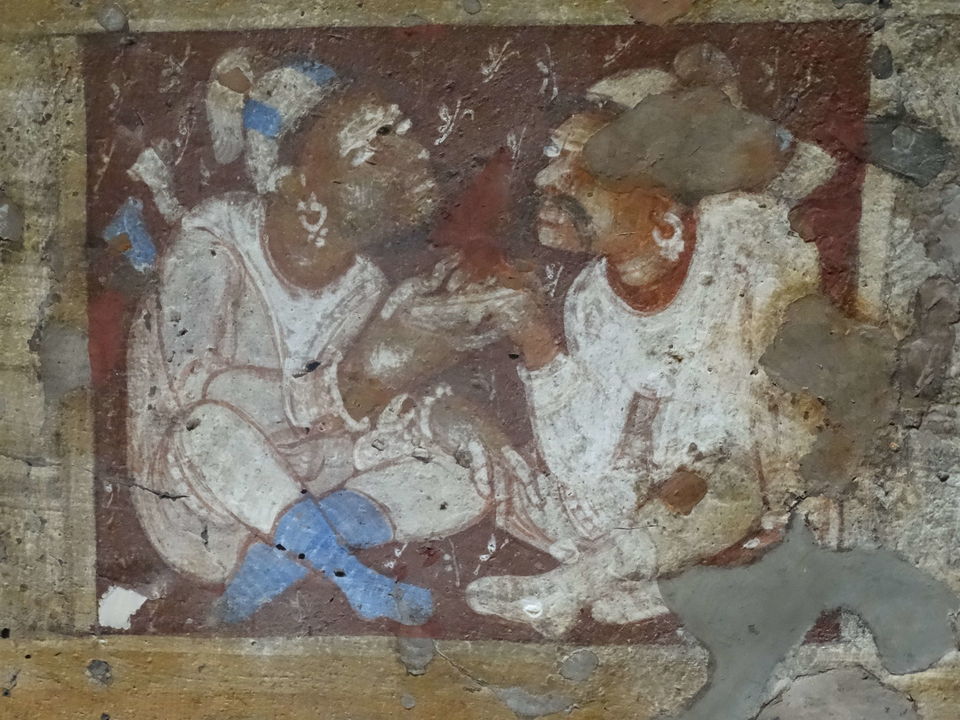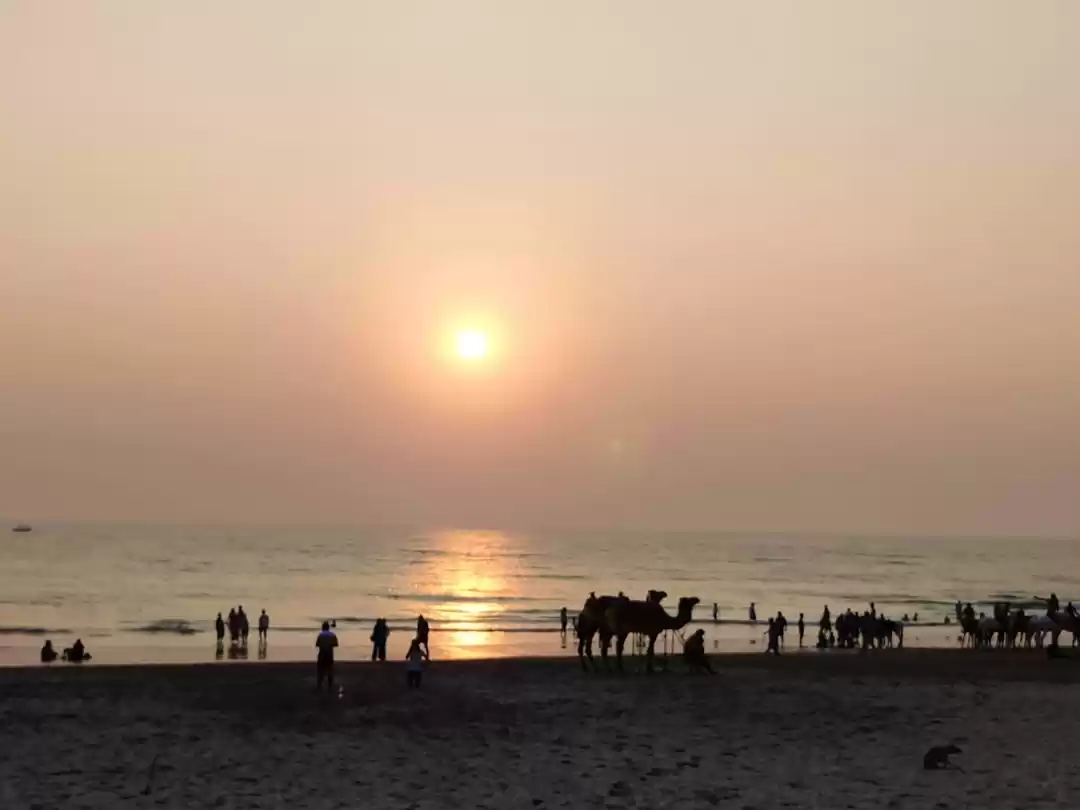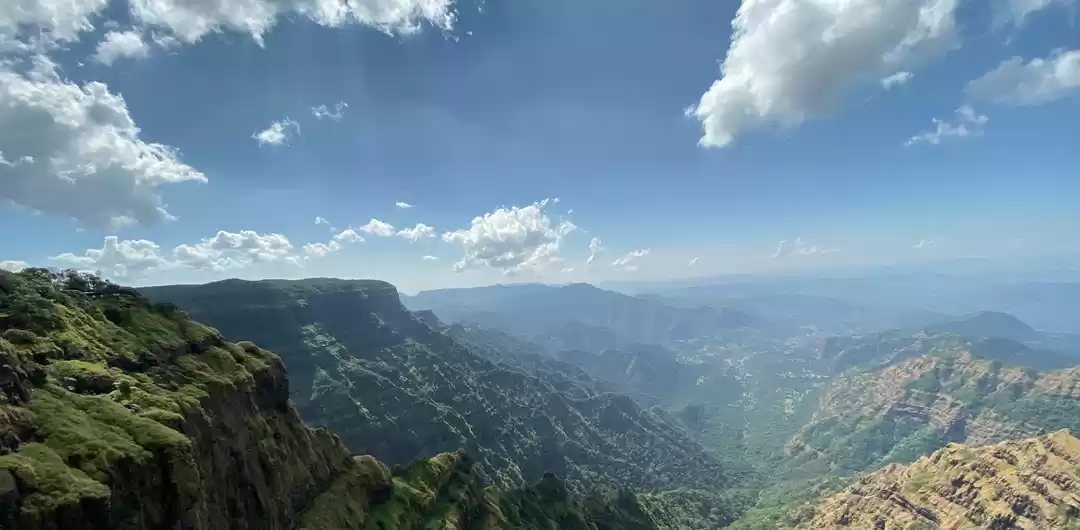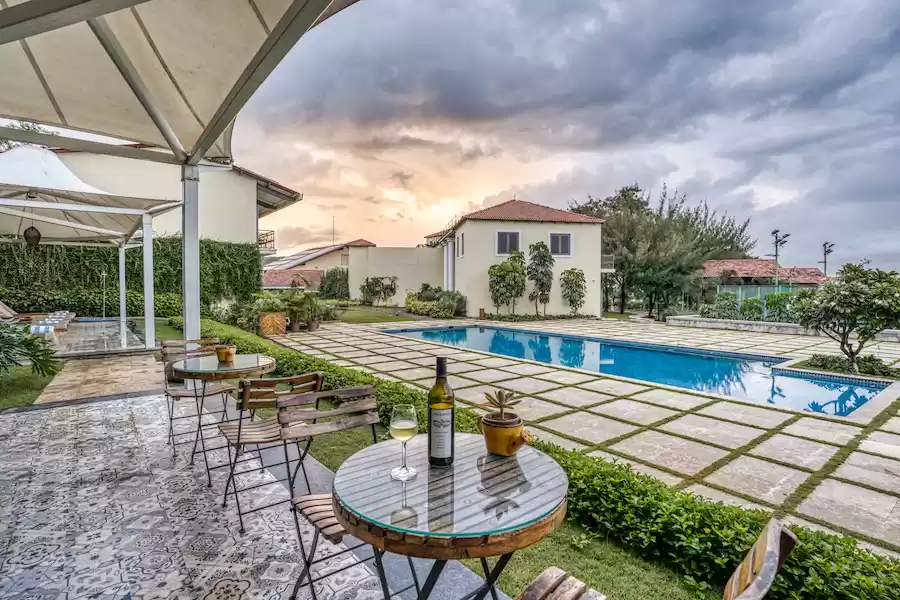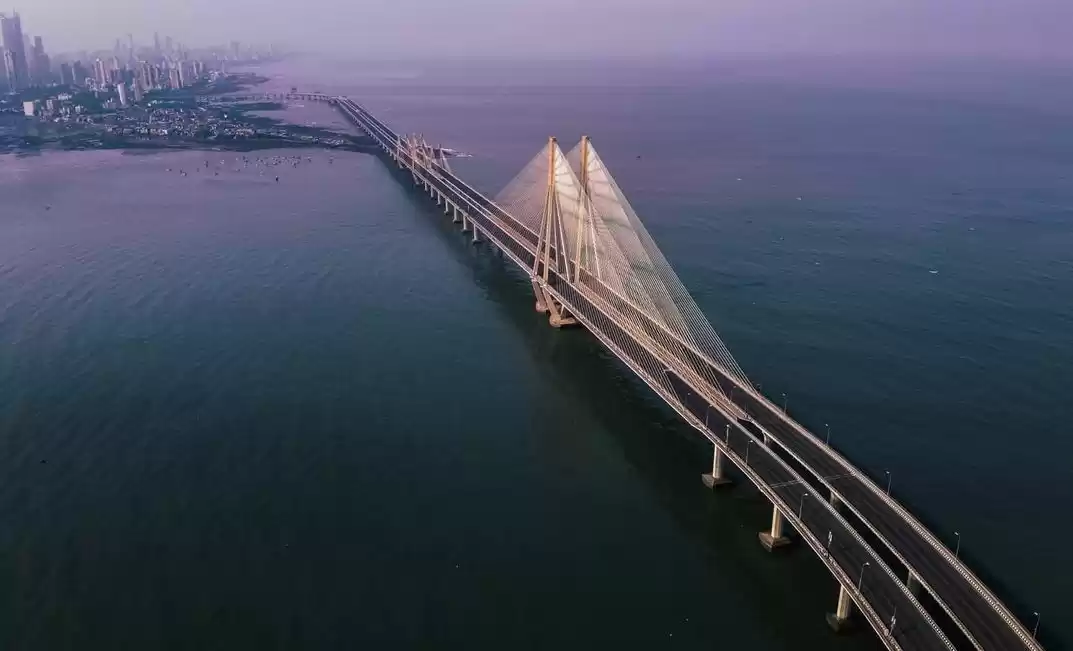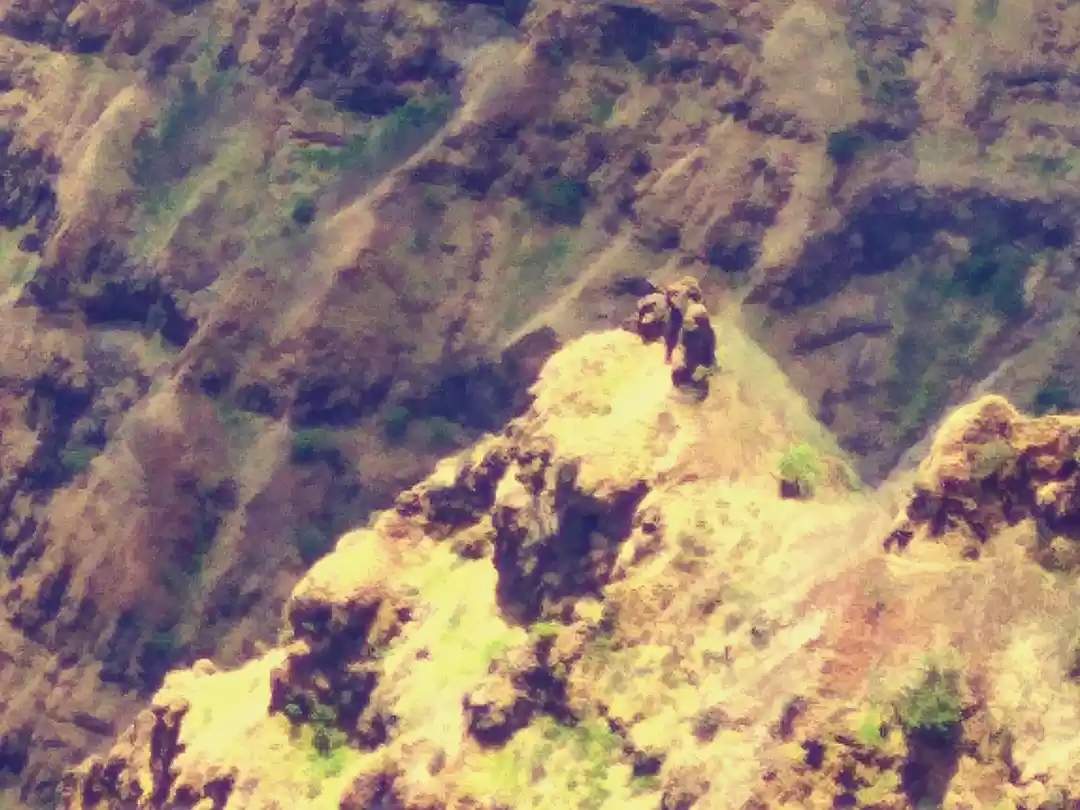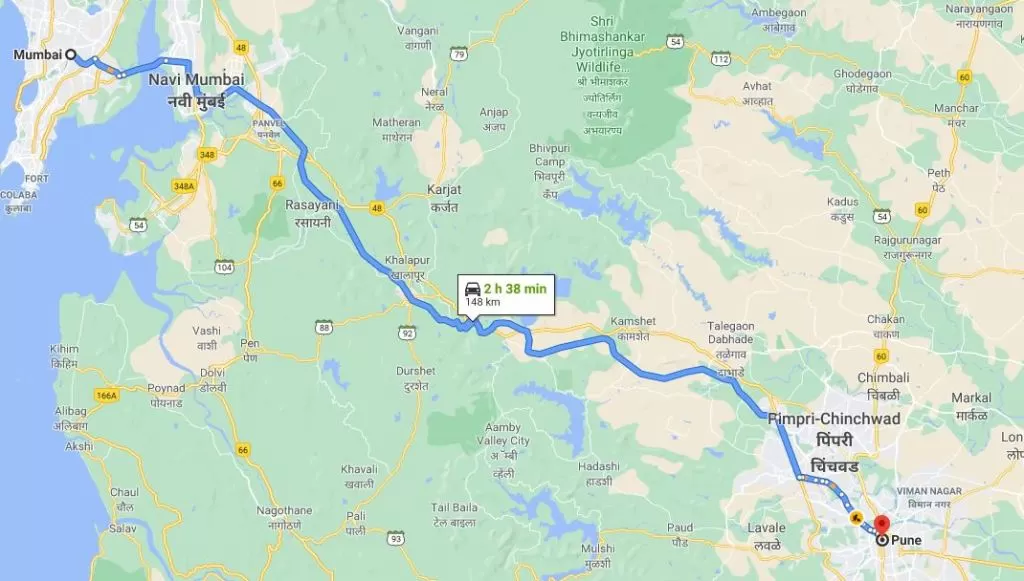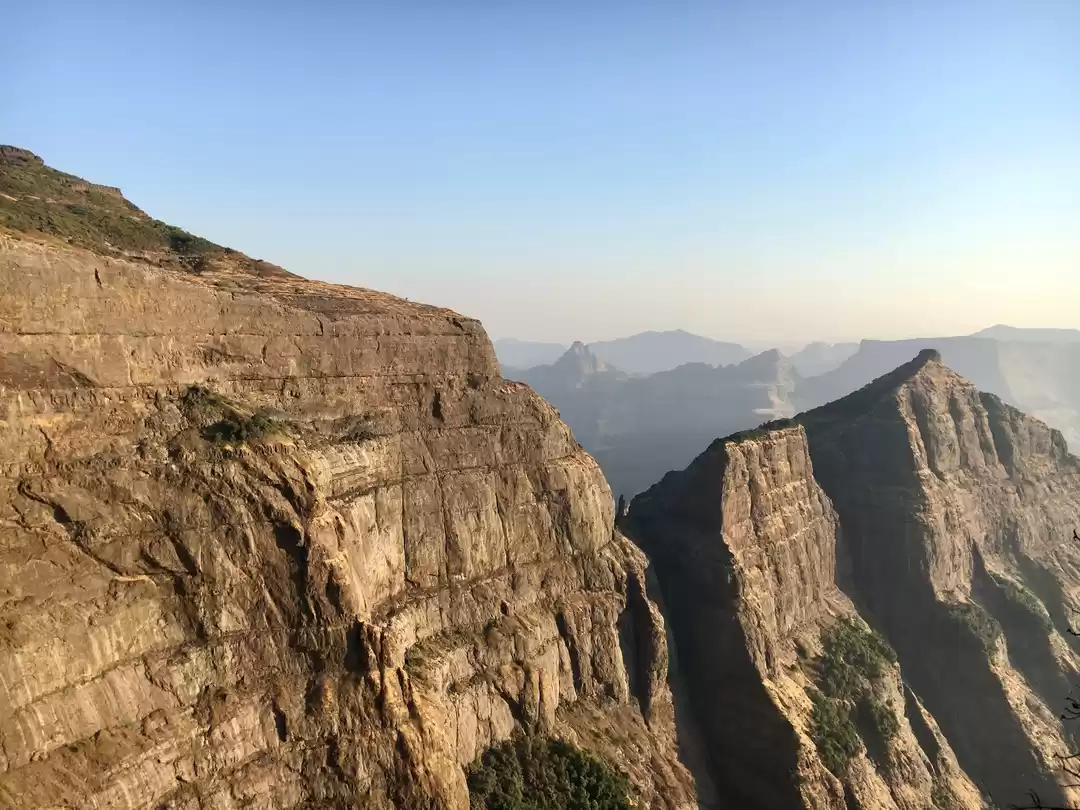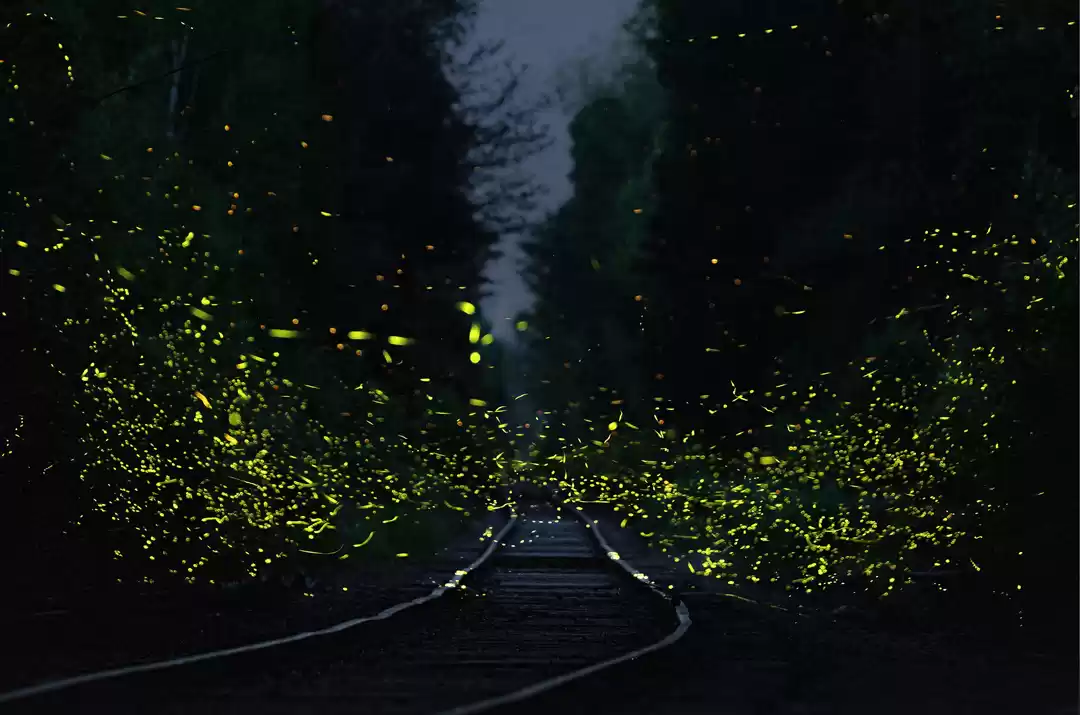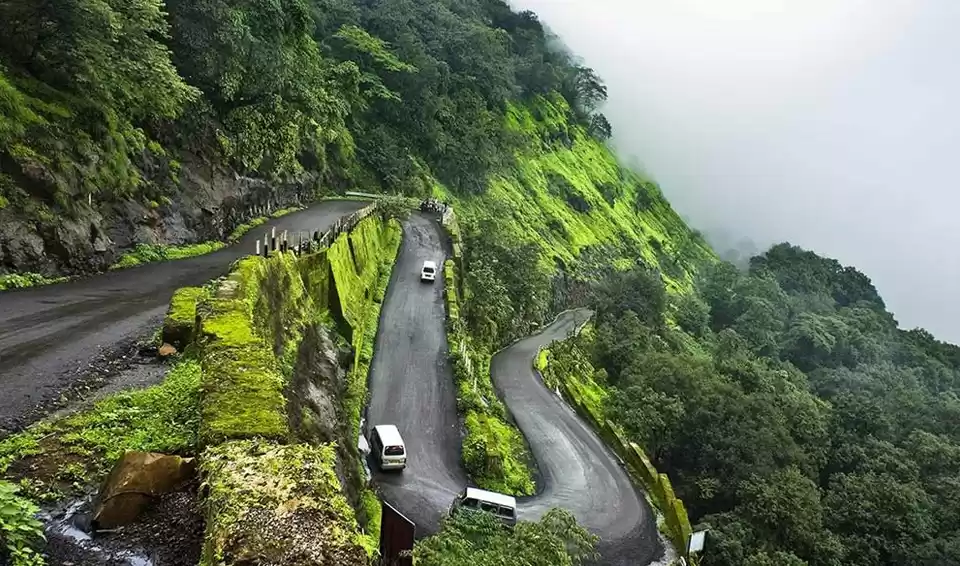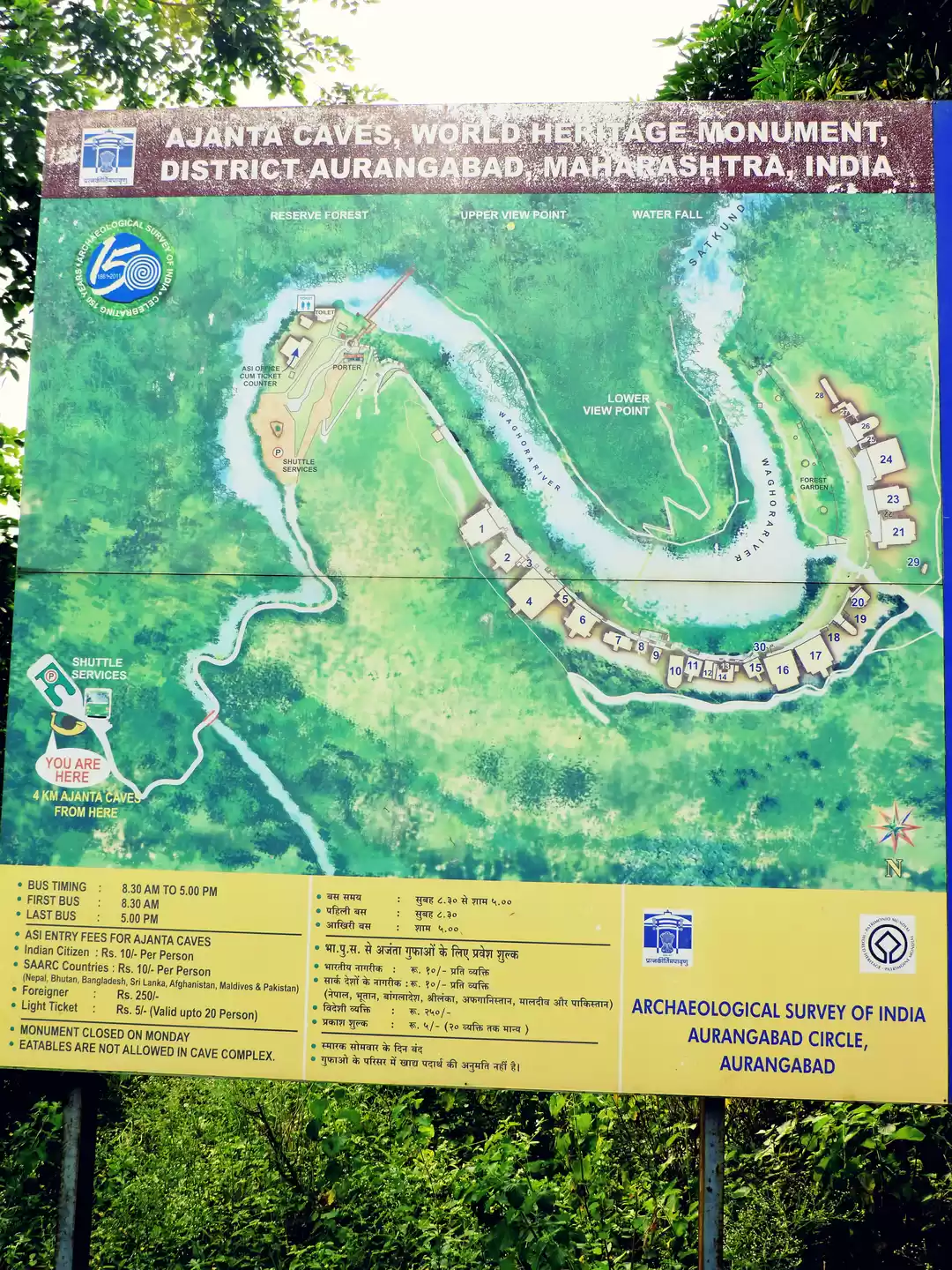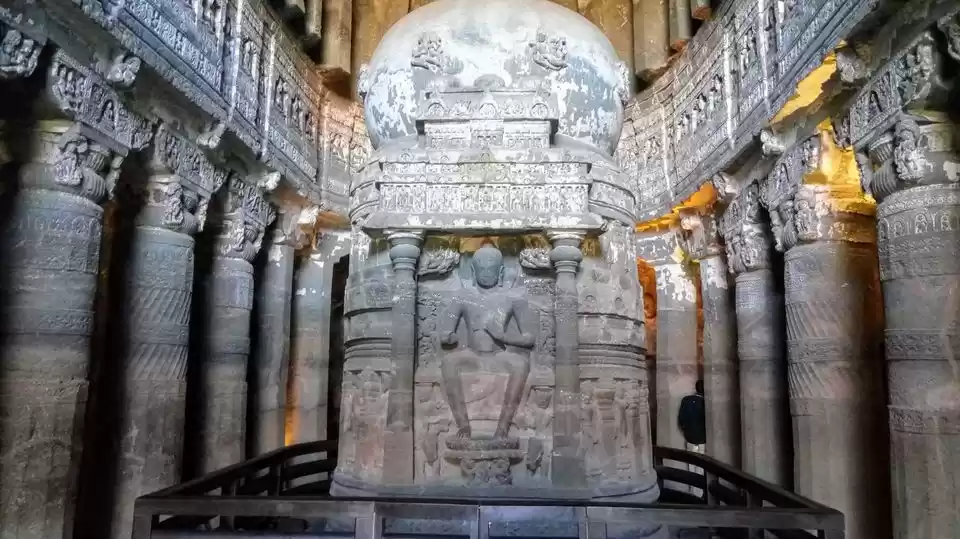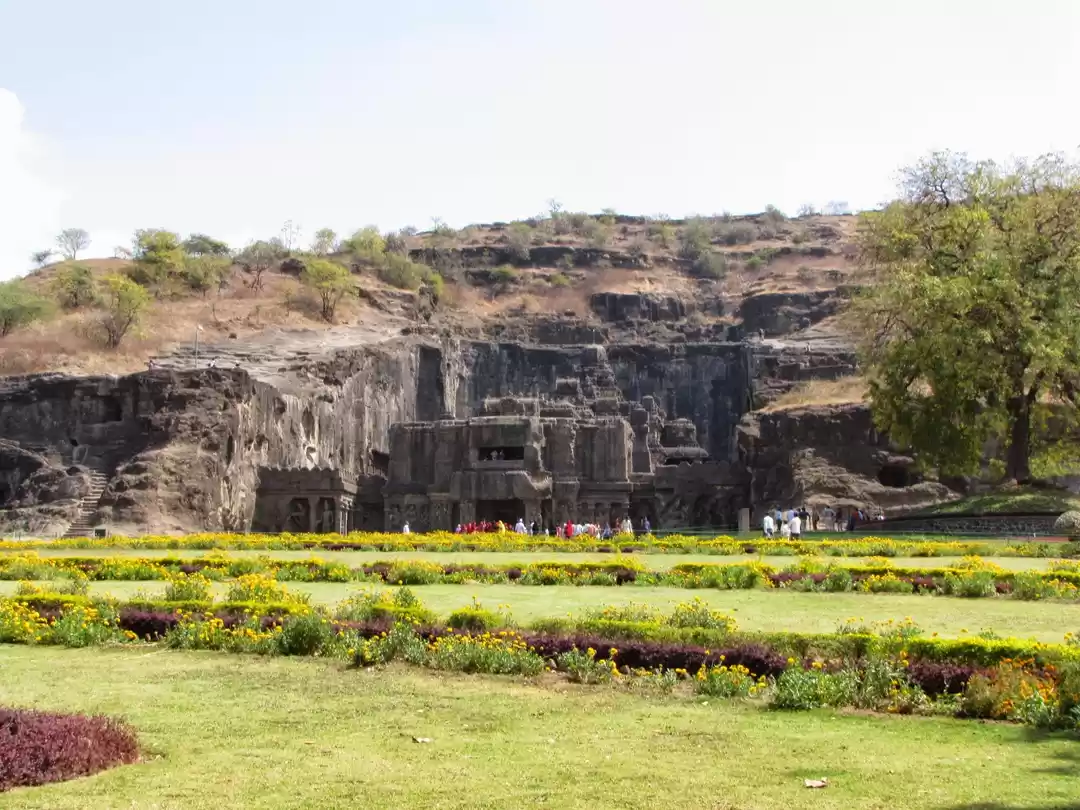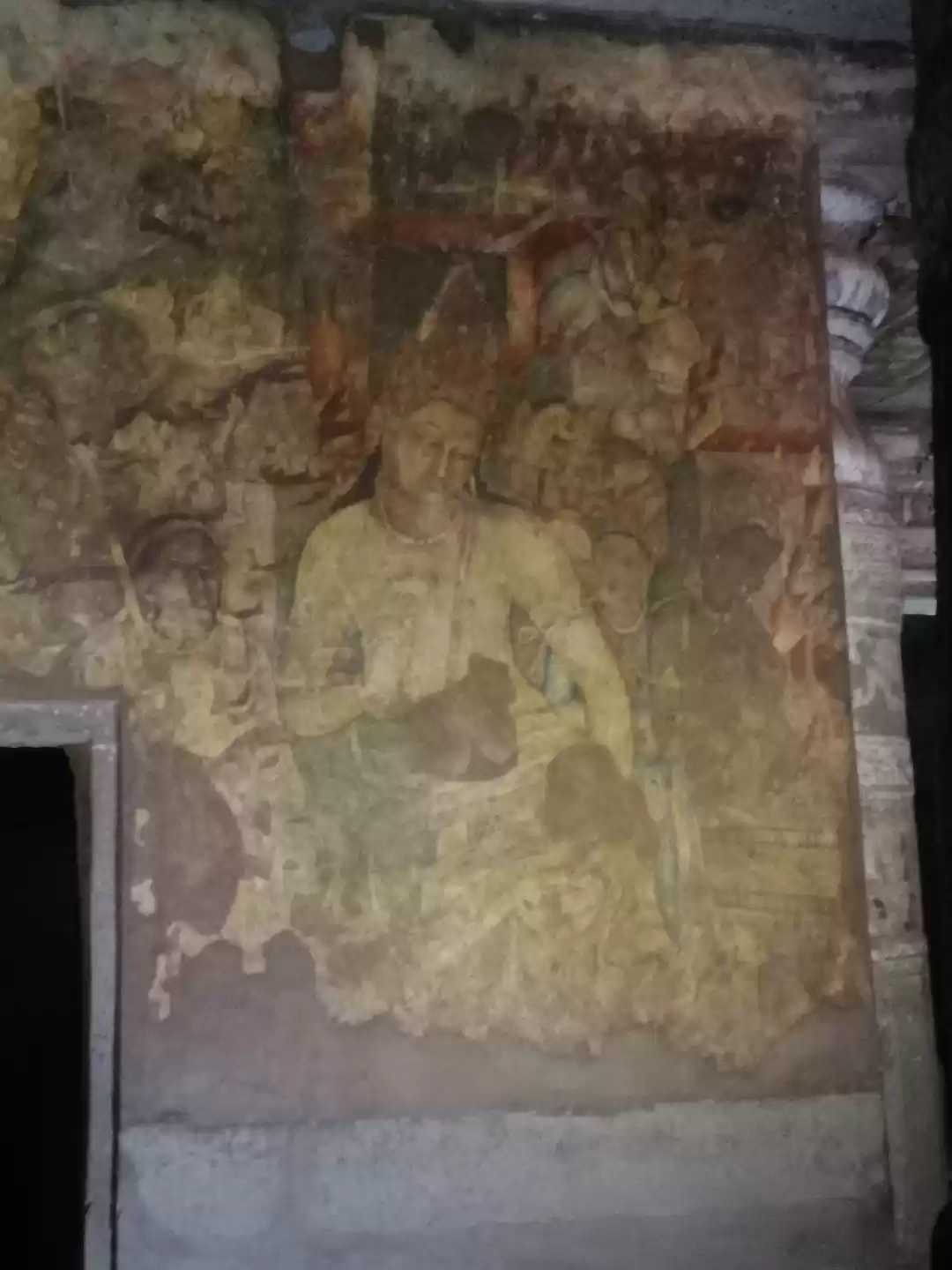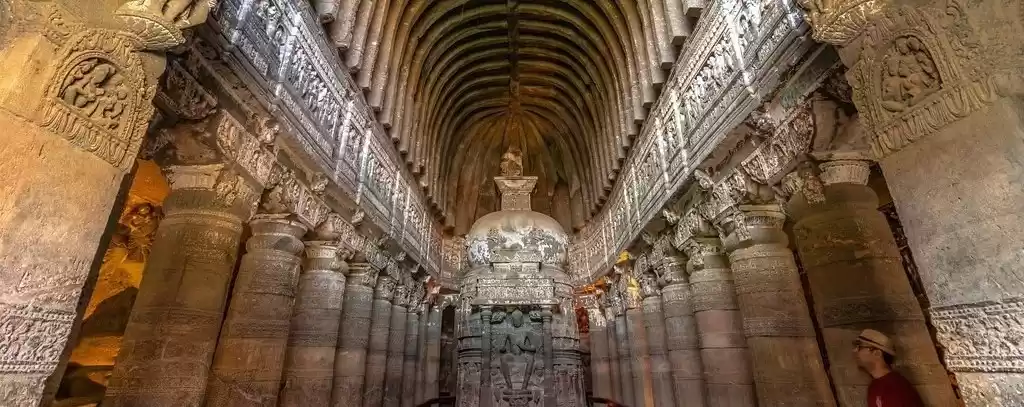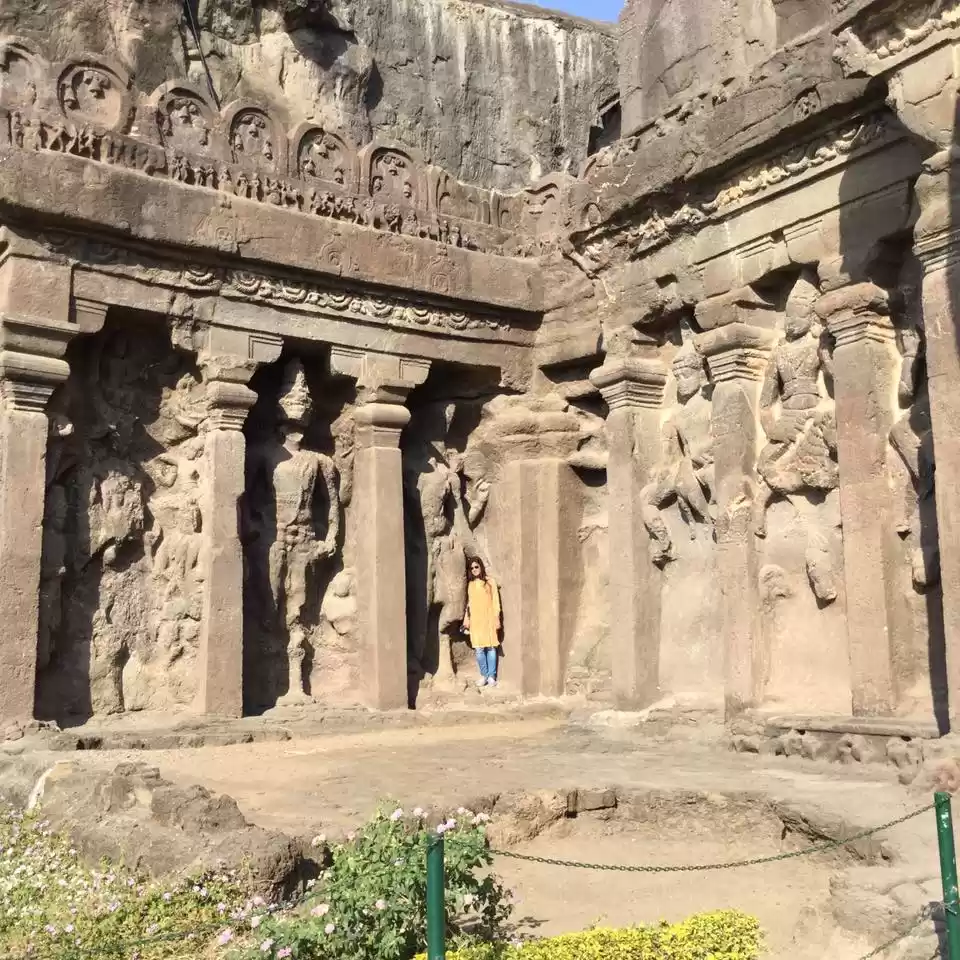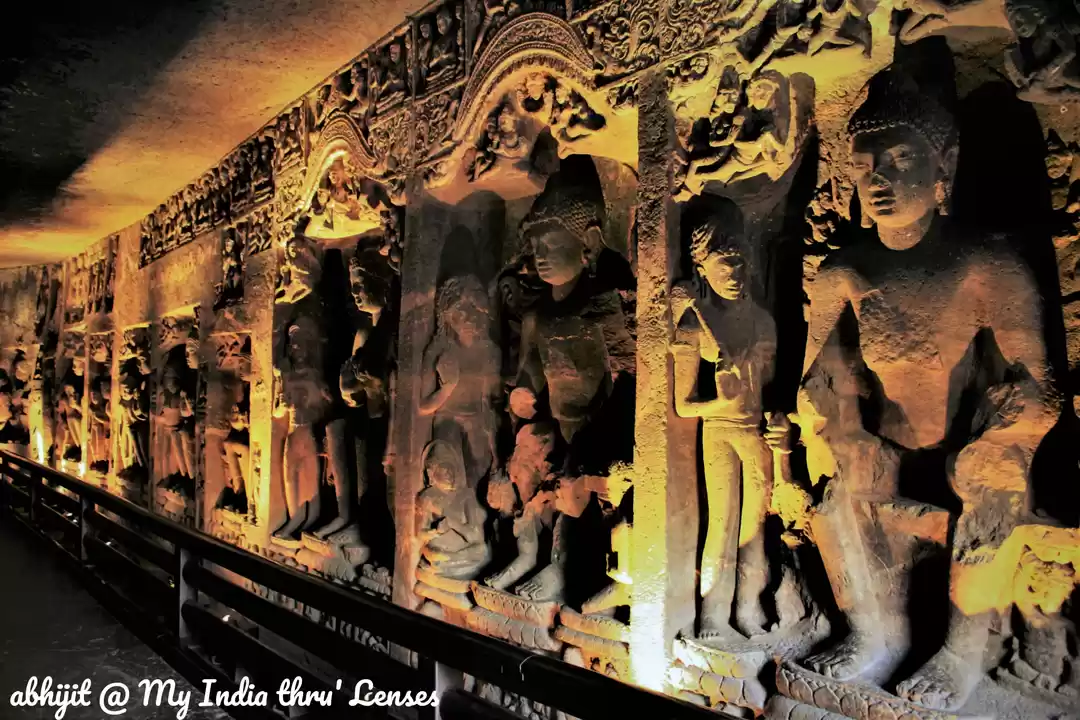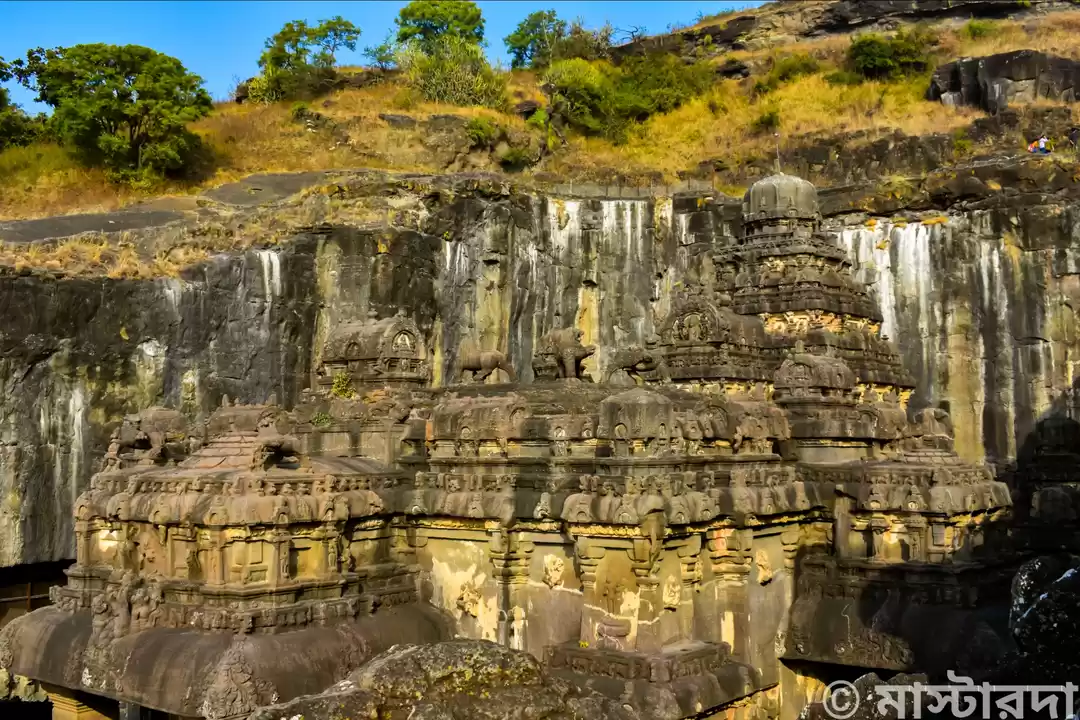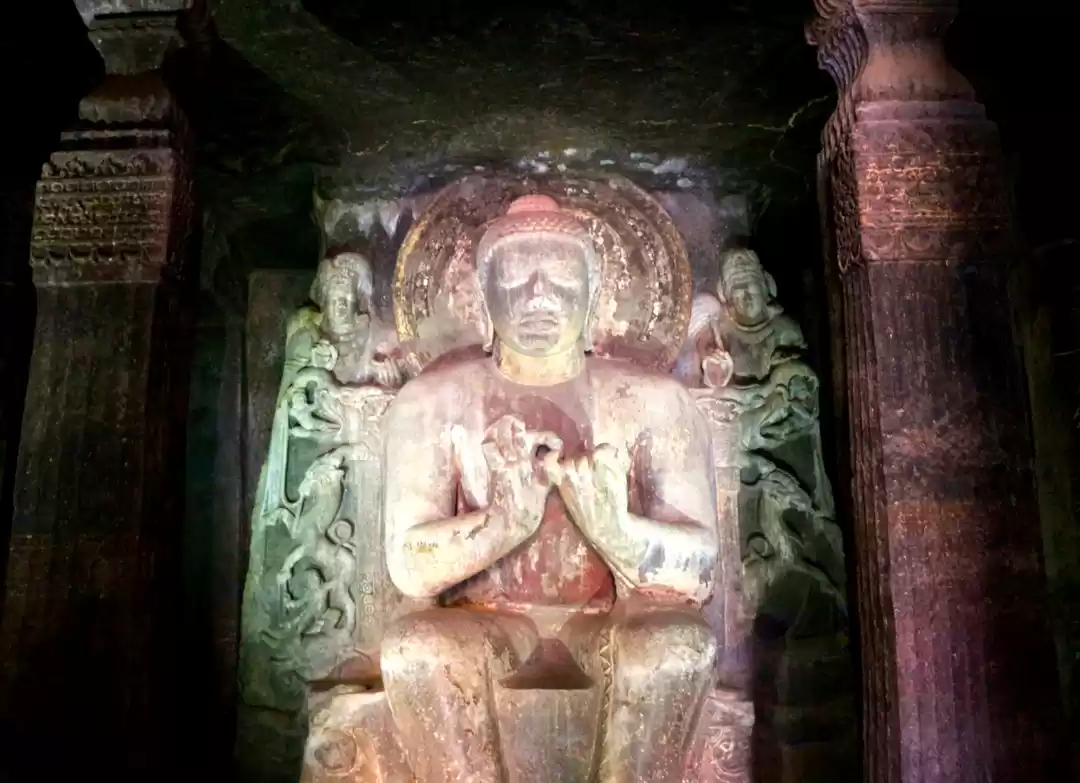My fascination with Ajanta and Ellora started when I heard they were caves and temples carved into mountains.
Man literally moved mountains to create this!
Well, parts of mountains, but it still counts. I could preach about their beauty in detail. I could tell you about a cave in Ajanta, a cave that perfectly captures the human voice and throws it back at you, adding special touches that make the very air resonate. I could tell you about the crystals found at Ajanta within the rocks, and the amount of beauty that lies within these caves. But I would like to talk about the ugly parts of history these monuments have had to witness. The destruction and the hatred. Prejudice and pure savagery.
I didn't notice it much in Ajanta. Of course, I knew these temples were ransacked and pillaged countless times. But it became really apparent at Ellora. There was a cave in Ellora, the wall and the ceilings connected by stone pillars. Usually, pillars in Ellora are carved, intricately so. But these pillars were plain. Only the first pillar had some bearings of carvings, and this too was incomplete. Partially cut figures and faces haunt you in many caves. At first I didn't think much of it. Then, after some thought I realized how sad incomplete things are. These painters and rock cutters, who sacrificed their lives to work on one of the grander human creations were not allowed to complete it. One can see burnt ceilings and damaged paintings in every other cave. This made me immensely sad. Not because I could not get to witness a whole, complete Ajanta and Ellora. No, it isn't such a selfish reason. I am sad for those artists, the ones that could not finish their work. For the art itself, that could not be completed. Because incomplete creations can be haunting.
If the incomplete Ajanta and Ellora have the power to satisfy a person, as it overwhelmed me, just imagine how it would have been without the destruction.
Bibi Ka Maqbara is a not as breathtaking as the Taj Mahal, which it inevitably draws comparison from. Neverthless, it is worth a visit!
Daulatabad fort is an impenetrable fortress, and one can see why! Explore the fort and it becomes clear; the clever construction of moats enabled this fort to hold it's own against larger armies. Now, the fort is breached by loads of tourists and monkeys. Lots of monkeys.
This little place in Aurangabad was a pleasant surprise. Not going in expecting much, I marveled at the ingenuity of humans; building a system of earthen pipes to gather water from a source kilometers away and using it to run a flour mill. The reservoir also naturally cooled the room below it where villagers gathered in summers to talk and eat grain milled by Panchakki.
I arrived at Ajanta by car and bus, but never truly left. The caves are cut across the hill which is shaped like a horseshoe, and not all of them are complete. What I loved about Ajanta was not only it's grandeur, which becomes obvious once you step into the complex, but the utter individuality possessed by each cave. The intricate carvings, the fact that every painting held a story (for example, there was a painting in which two Persians wore socks. Blue socks made from lapis lazuli. Tell me if that isn't interesting!) and of course the complete peace the caves offer.
We had one extra day to spare, so we traveled to Trimbak. Trimbakeshwar Temple itself, personally, didn't blow my socks off. I was irritated because I had completely different expectations. Then we went to the Brahmagiri hills, which is the origin of the Godavari river. This experience won me over and quelled my disappointments. The climb was enjoyable and the little temples that dotted the hill were fun to visit. One of the temples has 108 Shivlingas. I must tell you this, though. The monkeys here were more excitable!
As soon as you enter the Ellora complex, your eyes drift towards the splendid structure before you. It really doesn't matter if you worship the gods that the temple was built for. You will stop in your tracks and stare at the marvel in front of you, the marvel that has been carved out of one rock. The beauty seems impalpable, and it seems even more so upon entering the temple. The rock and stone at Ellora sing and beauty flows through the cracks. It's a wonderful harmony to witness.
